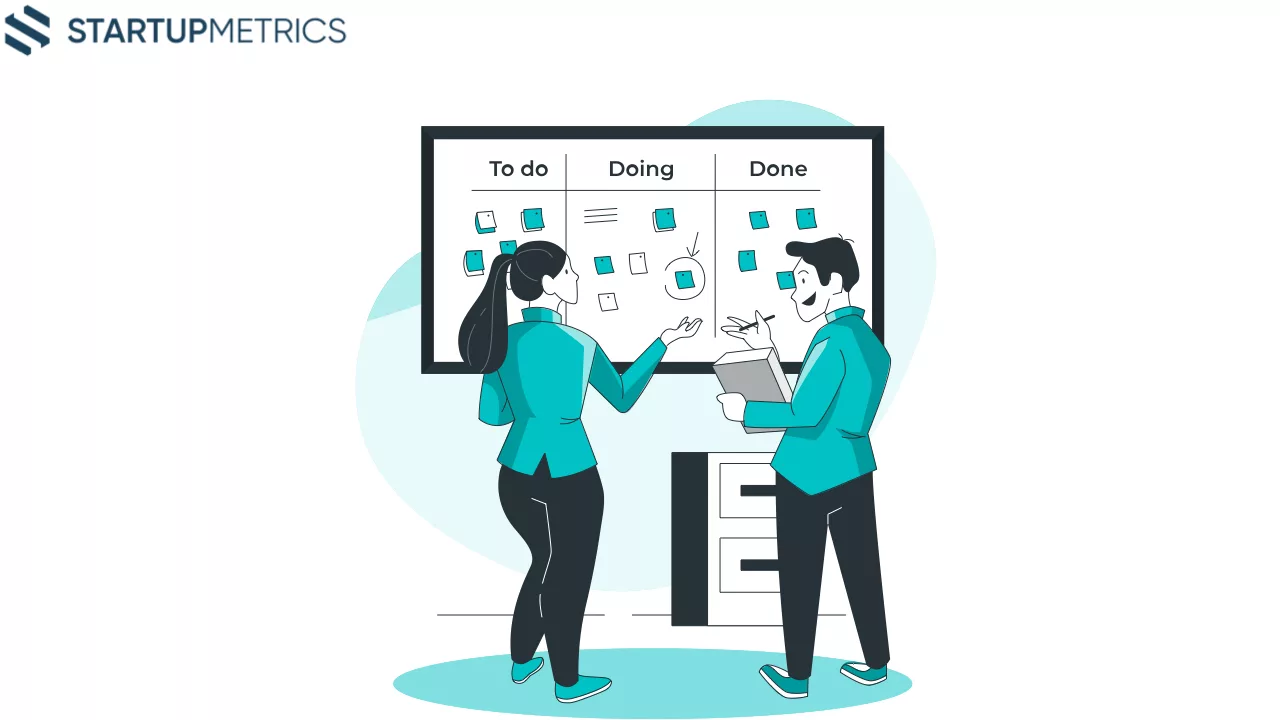
Christmas Dinner Consumption Rate
As the holiday season comes into full swing, one of the most anticipated moments is the Christmas dinner. It’s a…
The Pareto Principle, or the 80/20 rule, offers a powerful lens through which we can view task management and efficiency. By understanding and applying this principle, individuals in high-stakes roles, such as CEOs, can significantly enhance their productivity and strategic focus. Let’s embark on a detailed exploration, using a CEO named Alex as an example to illustrate the principle’s application in a dynamic business environment.
The essence of the Pareto Principle is that 80% of effects come from 20% of causes. For a CEO like Alex, this might translate to 80% of the company’s profits originating from 20% of its products or services. Identifying and focusing on these key areas can lead to substantial improvements in results and operational efficiency.

The CEO’s challenge
Alex’s tech startup offers multiple products, but not all contribute equally to its success. The challenge lies in identifying which products are the true drivers of revenue and growth.

With the critical 20% identified, Alex now focuses on optimising resource allocation and strategic efforts.

Continuous adaptation and learning are key components of Alex’s strategy for sustained success.
By following Alex’s journey and applying these techniques, anyone can harness the power of the Pareto Principle to enhance productivity, focus on what truly matters, and achieve greater success in both professional and personal endeavours.
Alex’s journey isn’t just about applying the Pareto Principle but also about blending it with other key business strategies to maximise efficiency and effectiveness. For instance, focusing on financial forecasting and strategic business planningcan further optimise resource allocation and growth. By identifying the top 20% of products or services, Alex ensures that the business plan is aligned with high-revenue areas, enhancing overall financial performance.
Using financial tools such as balanced scorecard and cash flow analysis helps in maintaining a clear view of the company’s financial health. This approach ensures that Alex can make informed decisions that align with the company’s strategic goals. Regular financial reporting and EBITDA analysis are crucial for tracking performance and making necessary adjustments.
Incorporating advanced data analytics and business intelligence tools can provide deeper insights into market trends and customer behaviour. These tools can help Alex identify emerging opportunities and potential threats, allowing for proactive adjustments in strategy.
Understanding and implementing e-commerce strategies can also play a significant role in expanding market reach. By focusing on top-performing products and leveraging online platforms, Alex can tap into new customer segments and drive additional revenue streams.
By following Alex’s journey and applying these techniques, anyone can harness the power of the Pareto Principle to enhance productivity, focus on what truly matters, and achieve greater success in both professional and personal endeavours. Integrating high-impact keywords such as financial forecasting, strategic business planning, balanced scorecard, and e-commerce ensures the article is not only informative but also optimised for search engines, increasing its visibility and reach.
This comprehensive approach, blending the Pareto Principle with strategic planning and financial analysis, positions Alex’s company for sustained growth and success in a competitive market.